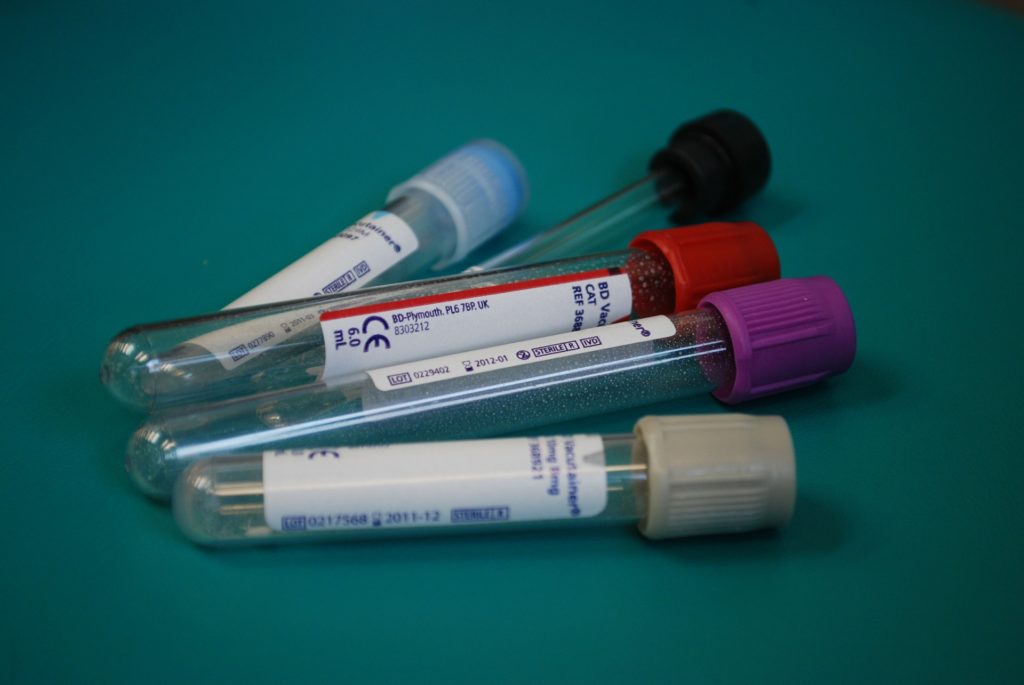
A large study by researchers at Columbia University Mailman School of Public Health and the Norwegian National Institute of Public Health has identified molecular signatures of gestational inflammation linked to the risk of developing autism ). These findings, which provide insights into abnormal brain development, could eventually lead to a test to screen for autism at birth. The study is published in the journal Molecular Psychiatry.
The new research aligns with growing evidence that the risk of autism is increased by fetal exposure to inflammation. In earlier studies, the researchers linked autism risk to prenatal exposure to maternal fever, and to influenza infection and herpesvirus type 2 infection—two of many potential triggers for maternal inflammation and autism .
In the new study, researchers analyzed the presence of 60 molecular markers of immune response, including cytokines and growth factors. Blood samples were collected during pregnancy (maternal mid-gestational blood sample) and at birth (cord blood) from 957 children, roughly half of whom were later diagnosed with autism . The study linked autism risk to groupings of inflammation-related molecules, with different groupings seen in boys versus girls. Among the most predictive molecules were interleukins like IL1RA and IL4. Four molecules thought to be involved in fetal brain development were also linked to autism risk in both sexes: TNFα, Serpin E1, VCAM1, and IL1β. Biomarkers collected at birth were only slightly less predictive than those collected during pregnancy.
“Our research suggests a period of vulnerability during gestation when inflammation can interfere with central nervous system development,” says first author Xiaoyu (Jason) Che, PhD, assistant professor of biostatistics in the Center for Infection and Immunity at Columbia Mailman School.
“We found immune signatures in mid-pregnancy blood samples from mothers and in umbilical cord blood from children later diagnosed with autism that correlate with responses to infection, and molecules important for the development of the brain and its blood supply,” says study co-first author Mady Hornig, MD, associate professor of epidemiology at Columbia Mailman School.
“This work illustrates the unique power of prospective cohorts for elucidating the roots of disease,” says corresponding author, Ezra Susser, professor of epidemiology and psychiatry.
“This paper is the culmination of more than 20 years of data and sample collection and analysis in collaboration with our colleagues in the Norwegian Institute of Public Health. Our future research will focus on finding the triggers for inflammation and links between those triggers and genetic susceptibility,” said W. Ian Lipkin, John Snow Professor of Epidemiology and professor of neurology and pathology.
About the Autism Birth Cohort (ABC) Study
The Autism Birth Cohort (ABC) study was conducted within a large Norwegian cohort of more than 100,000 children who have been followed since before their birth. ABC is a joint effort of the Norwegian National Institute of Public Health (NIPH) and Columbia Mailman School investigators, overseen by a Steering Committee of four people: Camilla Stoltenberg and Per Magnus in Norway; and Ian Lipkin and Ezra Susser at Columbia. “The ABC study is unique for the scope, depth, and breadth of both biological and social data on autism ,” notes Susser.